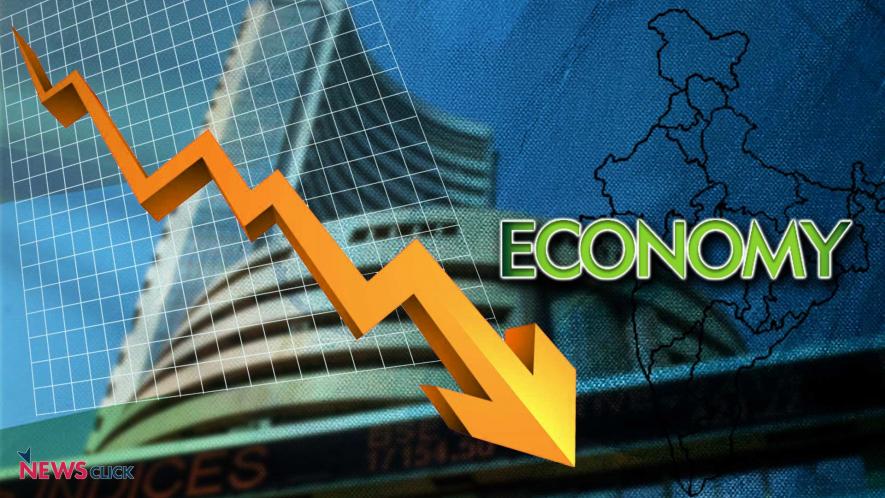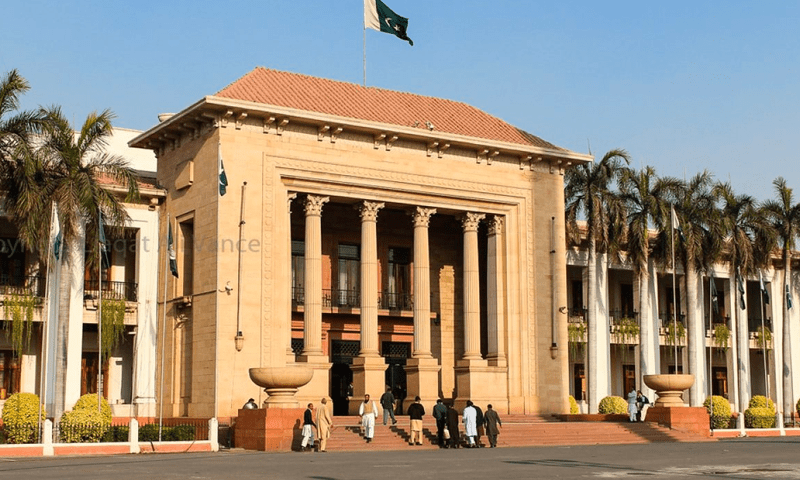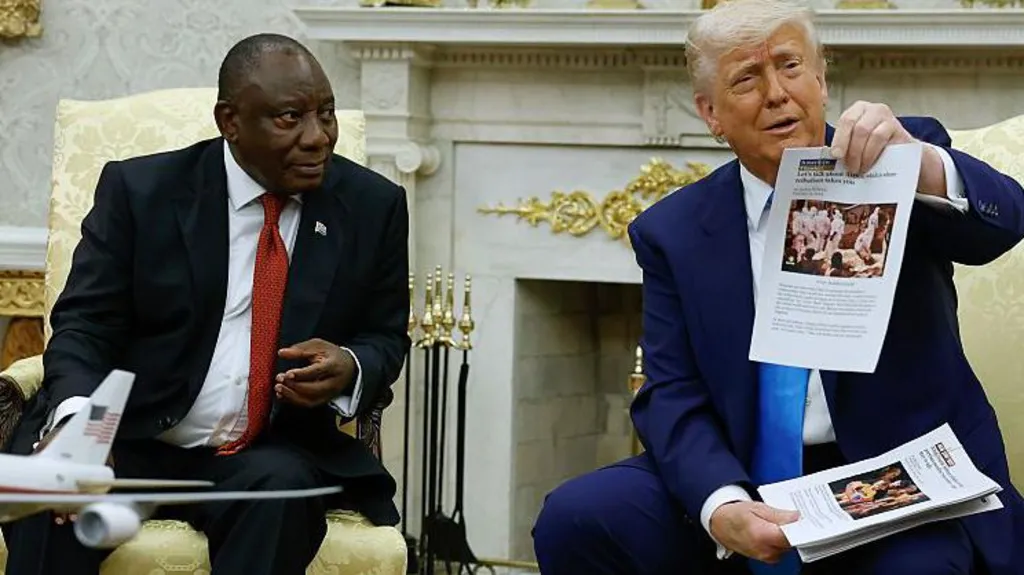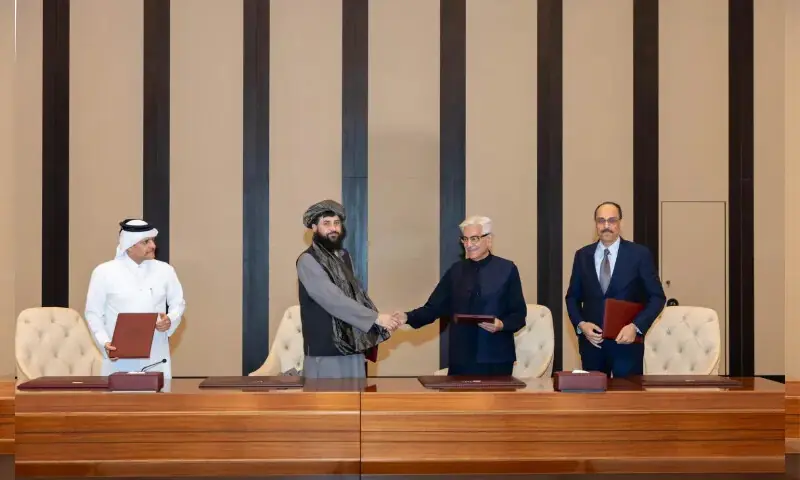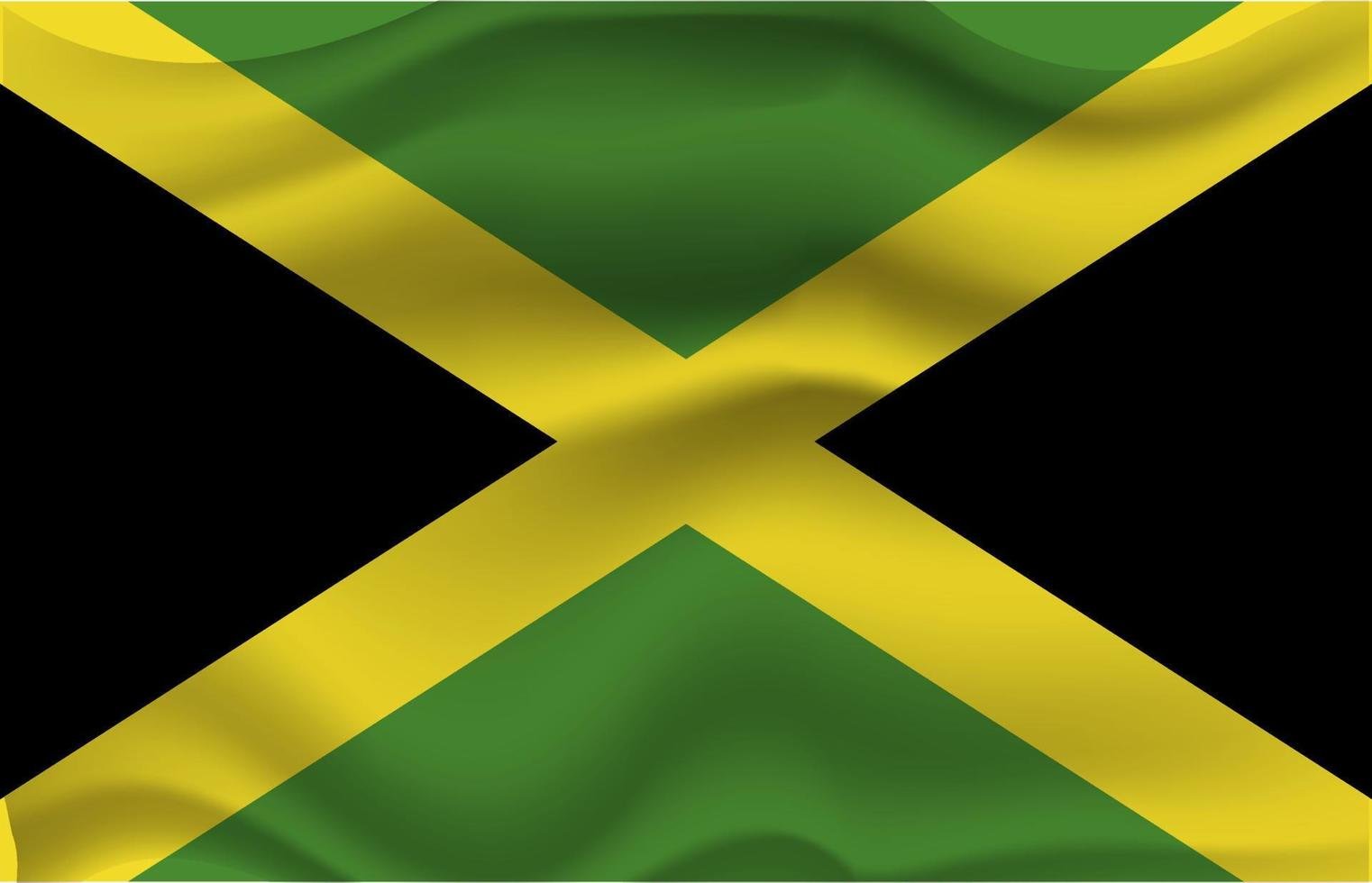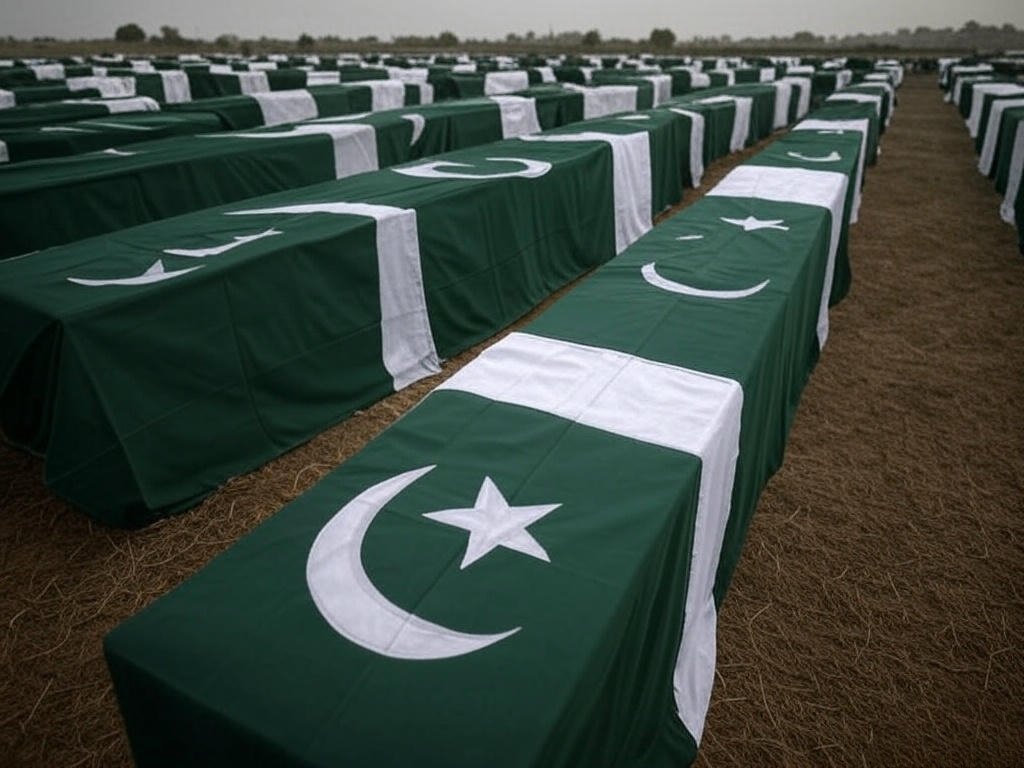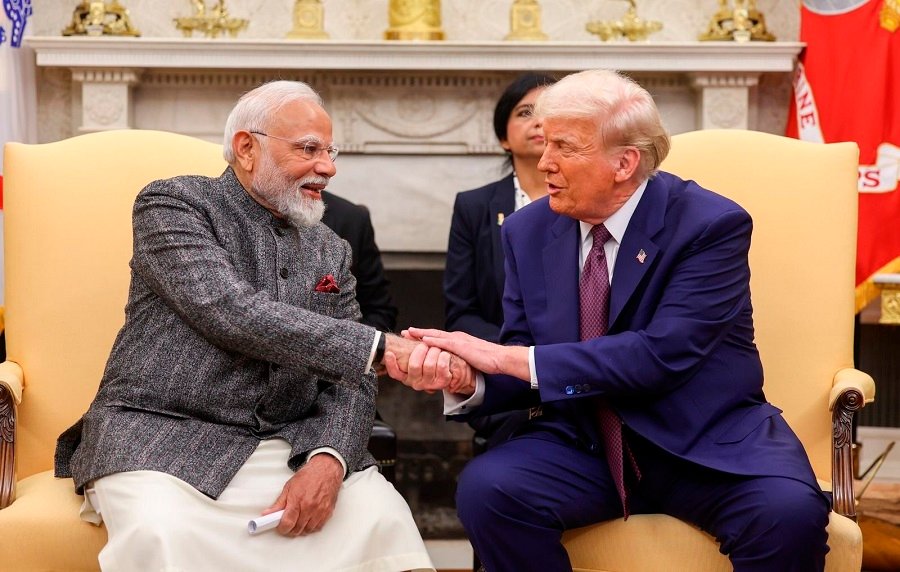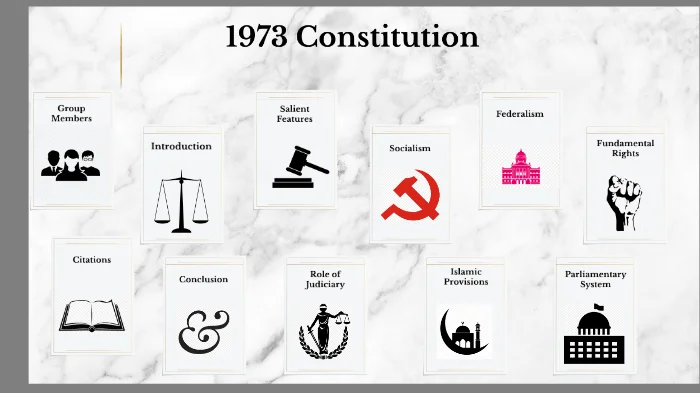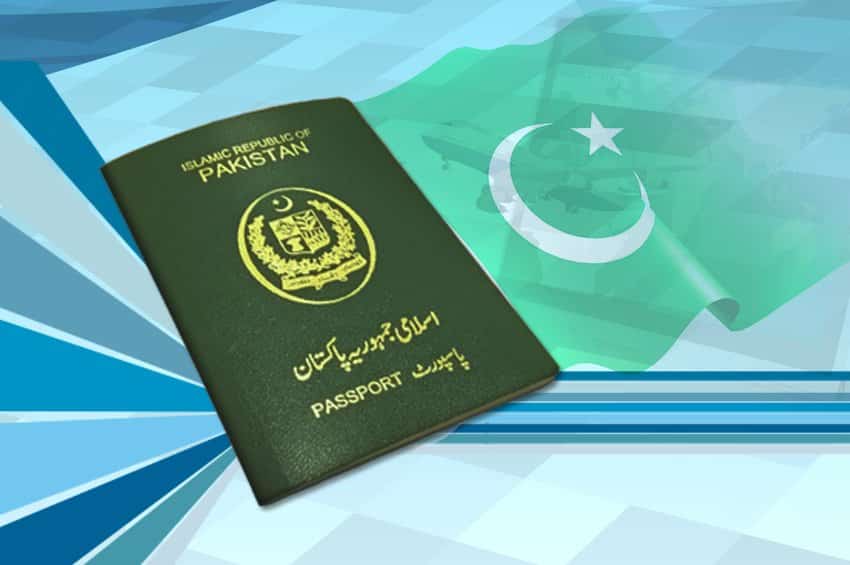India and the United States have commenced important bilateral trade negotiations in Delhi, which will continue through Saturday. The US delegation, led by Brendan Lynch, the Assistant Trade Representative for South and Central Asia, arrived in the city on Tuesday to engage in talks.
The US Embassy highlighted that this visit reflects the United States’ ongoing commitment to fostering a productive and balanced trade relationship with India. These discussions are taking place just ahead of the April 2 deadline set by US President Donald Trump to impose “reciprocal” tariffs on countries, including India, in a tit-for-tat trade dispute.
India’s Junior Commerce Minister Jitin Prasada informed parliament on Tuesday that the two countries are aiming to negotiate a “multi-sector bilateral trade agreement,” focusing on enhancing market access and addressing both tariff and non-tariff trade barriers.
Trade talks between the two nations have been active since Trump’s presidency began. In March, Indian Trade Minister Piyush Goyal made an unplanned visit to the US following Indian Prime Minister Narendra Modi’s February trip to Washington.
The US had been India’s largest trading partner until recently, with bilateral trade reaching $190 billion. Trump and Modi have set an ambitious goal to more than double this figure to $500 billion by 2025, with the first phase of the trade agreement aimed for completion by autumn 2025.
Despite recent efforts to reduce tariffs on certain US products like Bourbon whiskey and motorcycles, the trade balance remains heavily in India’s favor, with a $45 billion surplus. India’s average tariff rate of 12% remains significantly higher than the US’s 2%.
Although specific details of the trade talks have not been disclosed, sources suggest that India might agree to reduce tariffs on over $23 billion worth of US imports in the initial phase of the deal to avoid retaliatory tariffs from the US.
President Trump had previously indicated a desire to impose tit-for-tat tariffs, where the US would match the tariffs of other countries. However, he recently hinted that the White House might take a more lenient approach, stating that they could impose smaller tariffs than what other nations charge, acknowledging that some countries may be exempted from such measures.



